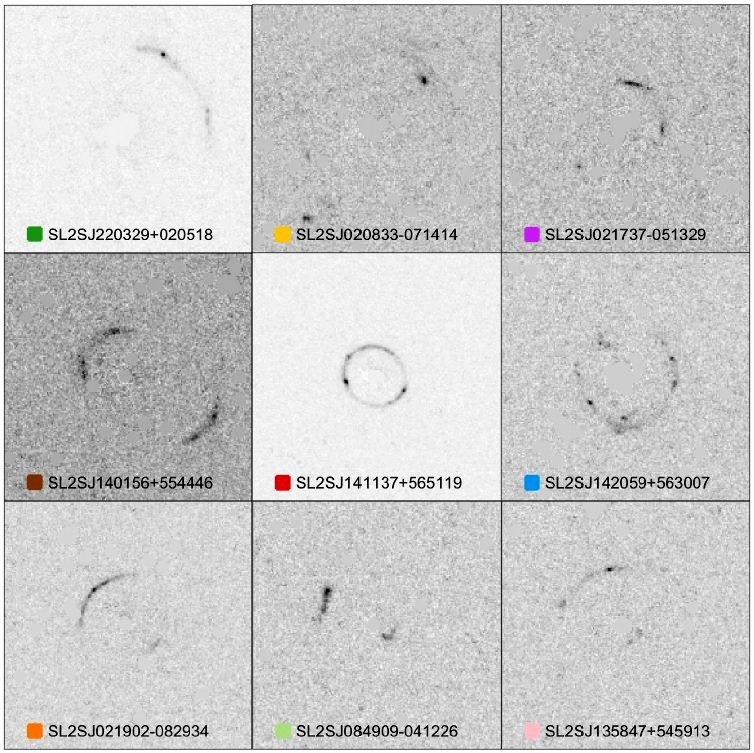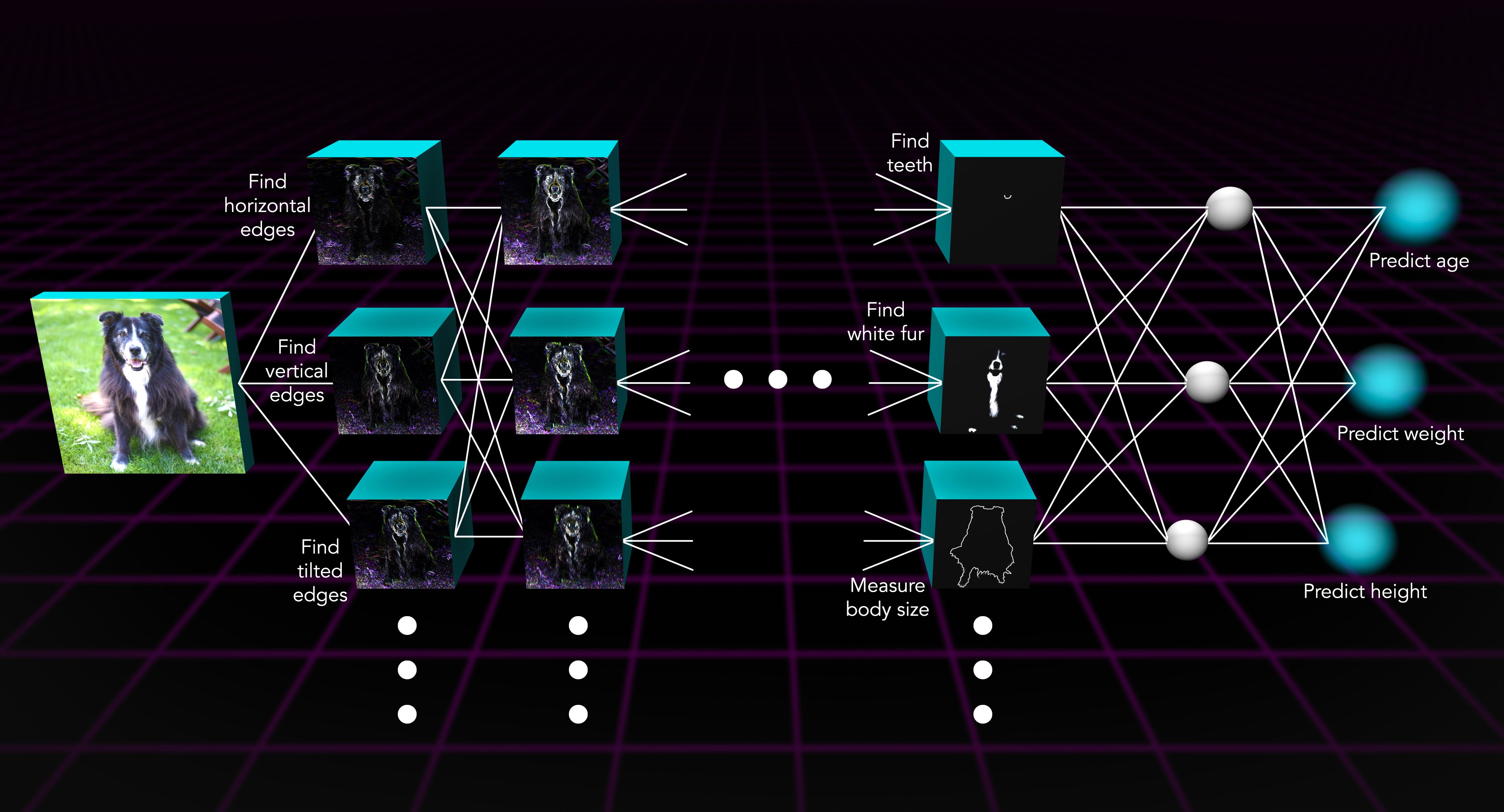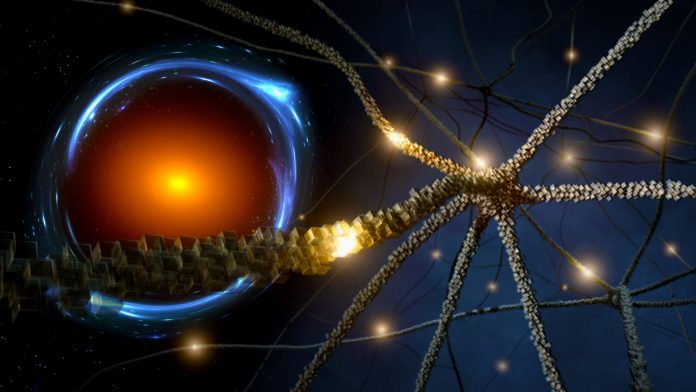For the first time, scientists at the Department of Energy’s SLAC National Accelerator Laboratory and Stanford University showed that artificial intelligence can accurately analyze the complex distortions in spacetime known as gravitational lenses.
Scientists used neural networks to analyze images of strong gravitational lensing. The images were multiplied and distorted into rings and arcs by the gravity of a massive object, such as a galaxy cluster, that’s closer to us.

The distortion gives required clues about how mass is distributed in space and how that distribution changes over time. This involves properties linked to invisible dark matter that makes up 85 percent of all matter in the universe and to dark energy that’s accelerating the expansion of the universe.
The analyses involve comparing actual images of lenses with a large number of computer simulations of mathematical lensing models. This can take weeks to months for a single lens. But by using artificial intelligence, scientists were able to do it within few seconds only.
To train neural networks, researchers showed them almost half a million simulated images of gravitational lenses for about a day. After being trained, the networks successfully analyzed new lenses almost instantaneously with a precision that was comparable to traditional analysis methods.
The study’s lead author Yashar Hezaveh said, “The neural networks we tested three publicly available neural nets and one that we developed ourselves were able to decide the properties of each lens, including how its mass was distributed and how much it magnified the image of the background galaxy.”
This goes long ways utilizing of neural systems in astronomy.

Its capacity of filtering information and perform complex examinations rapidly in a completely mechanized manner could change astronomy in a way that is truly necessary for future sky reviews that will look further into the universe – and create more information – than at any other time.
Perreault Levasseur said, “We won’t have enough people to analyze all these data on time with the traditional methods. Neural networks will help us identify interesting objects and analyze them quickly. This will give us more time to ask the right questions about the universe.”
Although, scientists ran their tests on the Sherlock high-performance computing cluster and have done their computations on a laptop or even on a cell phone. In fact, one of the neural networks they tested was designed to work on iPhones.
